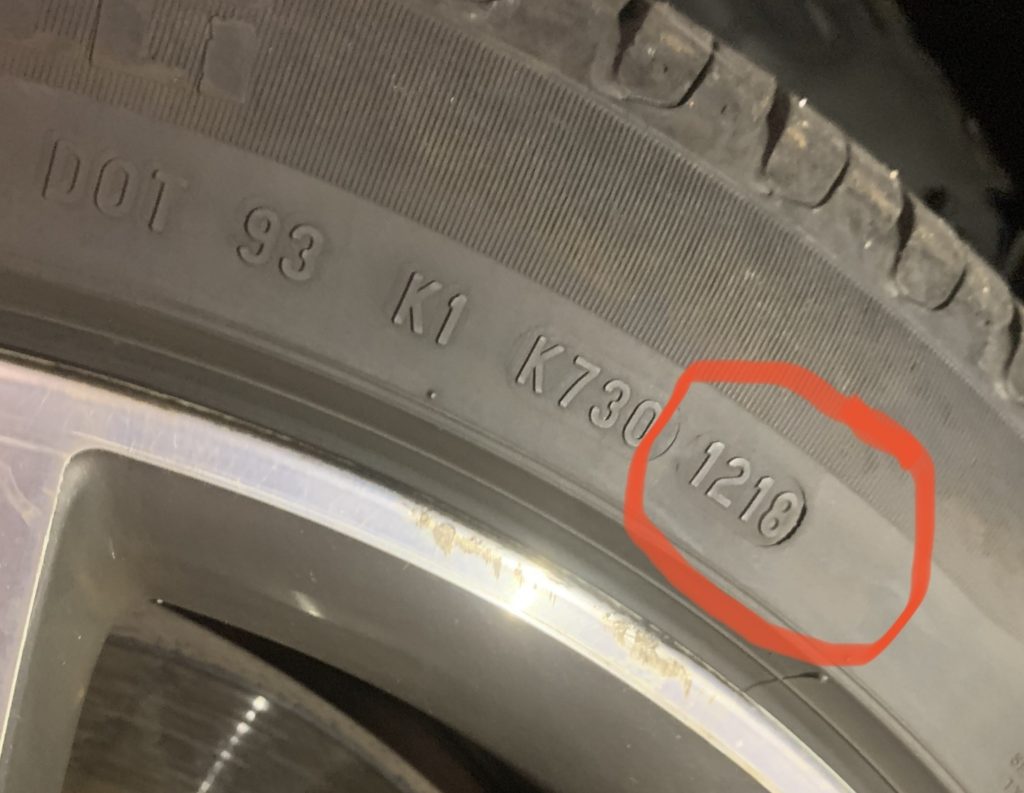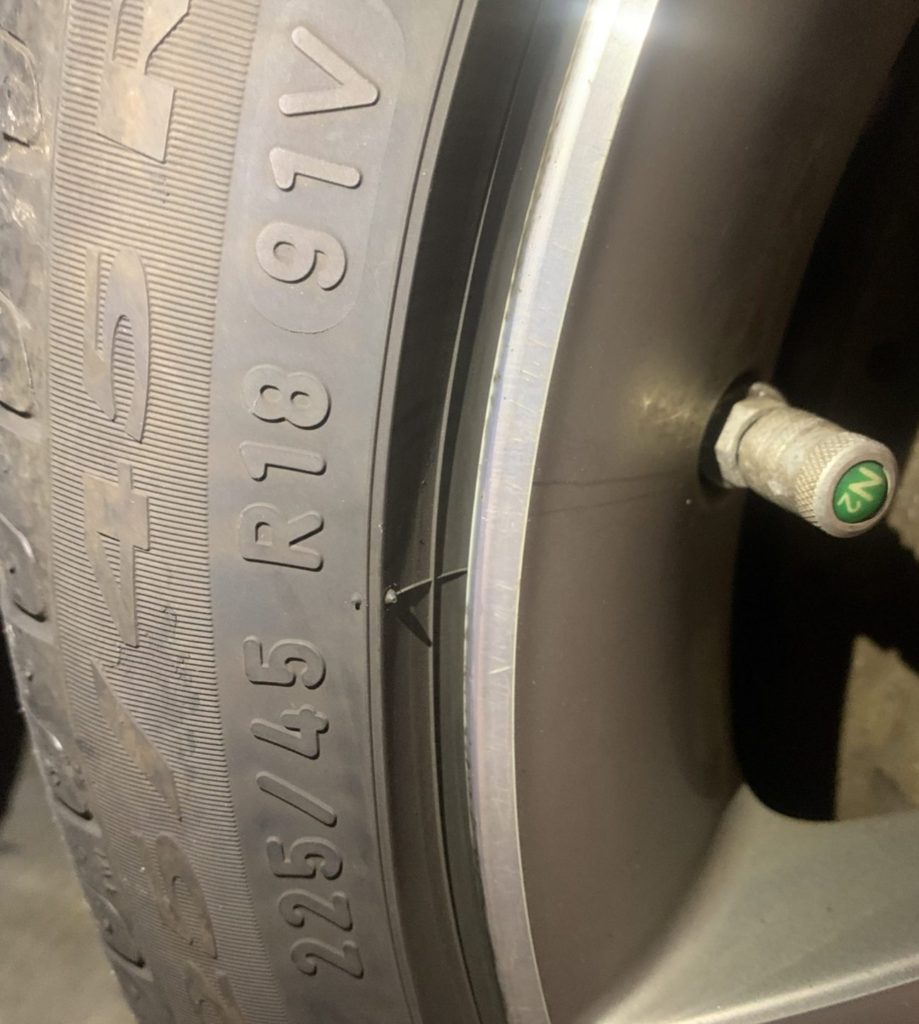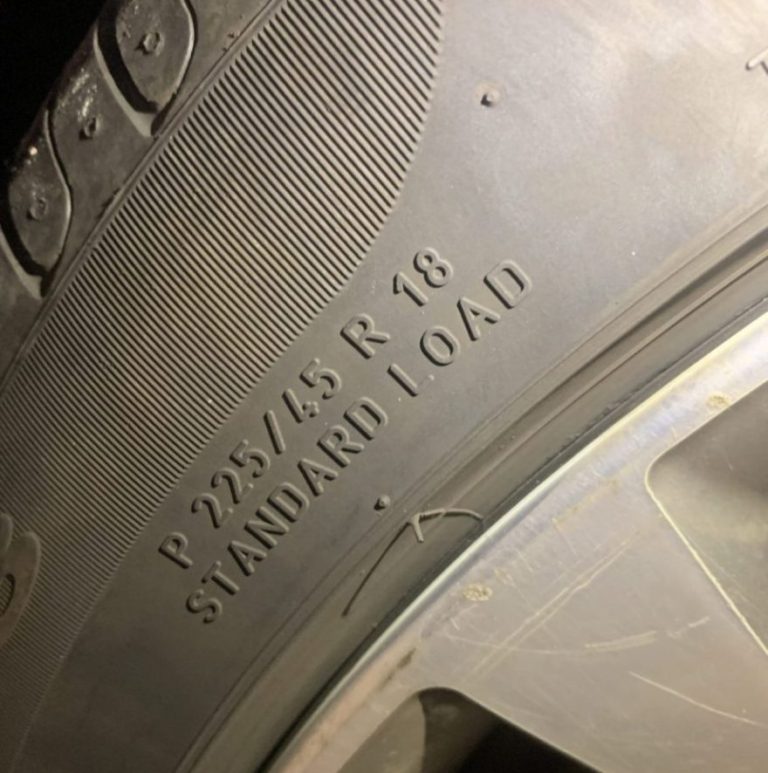When it comes to buying new tires, it’s important to understand all of the letters and numbers printed on the tire sidewall. These numbers provide important information about the tire’s size, load capacity, date of manufacture, and speed rating.
What Do the Numbers on Tires Mean? Tire Sizes
When buying new tires, understanding tire sizes is essential. Tire size refers to the dimensions of a tire, including its width, aspect ratio, and diameter. The width is the measurement of the tire from sidewall to sidewall, measured in millimeters. The aspect ratio of a tire is determined by calculating the sidewall’s height as a fraction of its width. The diameter is the measurement of the tire’s inner rim to the outer tread, measured in inches. For example, a tire size of 245/45R18 would have a width of 245mm, an aspect ratio of 45%, and a diameter of 18 inches. It is important to choose the correct tire size for your vehicle as it can affect the overall performance and safety of your vehicle. In addition, when upgrading your tires size, you should also pay attention to the tire’s load capacity and speed rating to make sure they match the new size and meet the vehicle’s requirements.
Load Capacity
The next set of numbers you’ll see is the tire’s load capacity. Tire load capacity is a measure of a tire’s ability to support weight. It’s the maximum amount of weight that a tire can safely carry, and it’s measured in pounds or kilograms. This information can be found on the sidewall of the tire, often represented by a number followed by the letters “lbs” or “kgs”. It’s important to note that the load capacity of a tire should never be exceeded as it can lead to tire failure and potentially dangerous driving conditions. When replacing tires, it’s crucial to ensure that the new tires have at least the same load capacity as the original equipment tires, or even better, higher. This ensures that your vehicle can safely carry the weight of all its occupants, fuel, and cargo.
Speed Rating
The final set of numbers you’ll see is the tire’s speed rating. Tire speed rating is a measure of a tire’s ability to handle high speeds. It’s a code that represents the maximum speed a tire can safely operate at when it’s properly inflated. Speed ratings can be found on the sidewall of a tire, often represented by a letter of the alphabet. Common speed ratings include “S” for 112 mph, “T” for 118 mph, “U” for 124 mph, “H” for 130 mph, “V” for 149 mph, “W” for 168 mph, “Y” for 186 mph and “Z” for over 149 mph. It is important to match the tire speed rating to the vehicle’s maximum speed capability. Using a tire with a lower speed rating than what the vehicle is designed for can lead to dangerous driving conditions, including tire failure at high speeds. Always make sure to check the tire speed rating when replacing tires, and never exceed the vehicle’s maximum speed capability.
Date of Manufacture
Tire date of manufacture, also known as the tire’s “birthday,” is the date when the tire was produced. It can be found on the sidewall of the tire, represented by four digits. The first two digits represent the week of production and the last two digits represent the year of production. For example, a tire with the date of manufacture code “2419” would have been produced in the 24th week of 2019. Tires degrade over time, even if they haven’t been used, so it’s important to consider the age of a tire when making a purchase. Tires older than six years should be replaced, regardless of their tread depth, as they may not meet current safety standards and are more likely to fail. Always check the date of manufacture when buying new or used tires to ensure they are safe to use on your vehicle.
Keep In Mind
In addition to these numbers, you may also see other codes and markings on the sidewall of the tire. For example, “M+S” or “M/S” indicate that the tire is designed for use in mud and snow. “R” or “ZR” indicates that the tire is designed for high-performance vehicles.
It’s important to note that when you’re buying new tires, you should always check that the numbers and codes on the sidewall match the specifications recommended by your vehicle’s manufacturer. Using tires with the wrong size, load capacity, or speed rating can be dangerous and can lead to poor performance and increased wear on your vehicle.
Conclusion
In conclusion, understanding the numbers and codes on your tires is essential for ensuring that you’re getting the right tires for your vehicle and driving needs. Be sure to pay attention to the tire’s size, load capacity, and speed rating, and always check that the tires you’re buying match the specifications recommended by your vehicle’s manufacturer.








